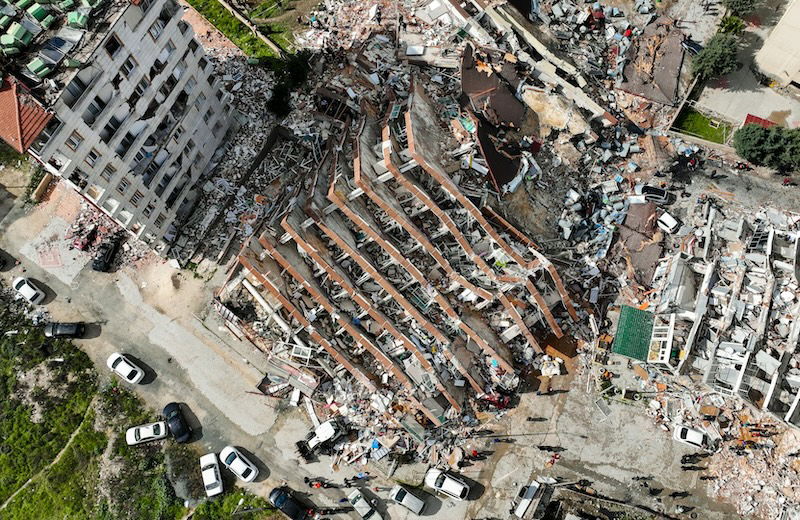
La Niña increases the risk of drought in certain regions, as occurred in California in 2022
David McNew / Getty Images
A weak La Niña climate pattern has emerged in the Pacific Ocean, months later than was initially forecast. This will raise the risk of drought and heavy rain in parts of the world, even as it lowers global average temperatures.
The eastern tropical Pacific Ocean shifts from hot to cold and back in a temperature cycle known as the El Niño Southern Oscillation (ENSO), and La Niña is the cool phase of the cycle. It normally occurs about every three to five years when trade winds strengthen, which pushes colder water upwelling off the coast of South America to the west.
Sea surface temperatures in that part of the Pacific have been cooler than average for months, but they didn’t fall below the threshold needed to declare a La Niña event until now, according to the US National Oceanic and Atmospheric Administration (NOAA). Wind patterns also now reflect La Niña conditions.
The agency forecasts the La Niña will continue through April 2025 before temperatures return to neutral conditions.
Even though it is a weak event, the cooler-than-average sea surface temperatures are expected to have their characteristic influence on global weather patterns, increasing the risks of drought in parts of North and South America and intense rainfall in Australia and South-East Asia.
La Niña also tends to lower global average temperatures, although this cooling effect is proportional to the strength of the event, says Pedro DiNezio at the University of Colorado Boulder. Temperatures have cooled as the warm El Niño gave way to neutral and now La Niña conditions, but remain above average in much of the world, says DiNezio.
That’s also true of the oceans. The shift to La Niña means temperatures in the eastern tropical Pacific are colder than average. But global sea surface temperatures remain more than 0.5°C above average.
“The oceans in particular were slow to cool from the record warmth that developed in mid to late 2023,” said Karin Gleason at NOAA during a press call in December before La Niña had officially emerged.
It is not unusual for La Niña to emerge so late, even following a strong El Niño event. But the shift comes months later than forecasters predicted. It remains unclear exactly why forecasts were so far off, and whether human-caused climate change played a role in the delay.
Topics:








Leave a Comment